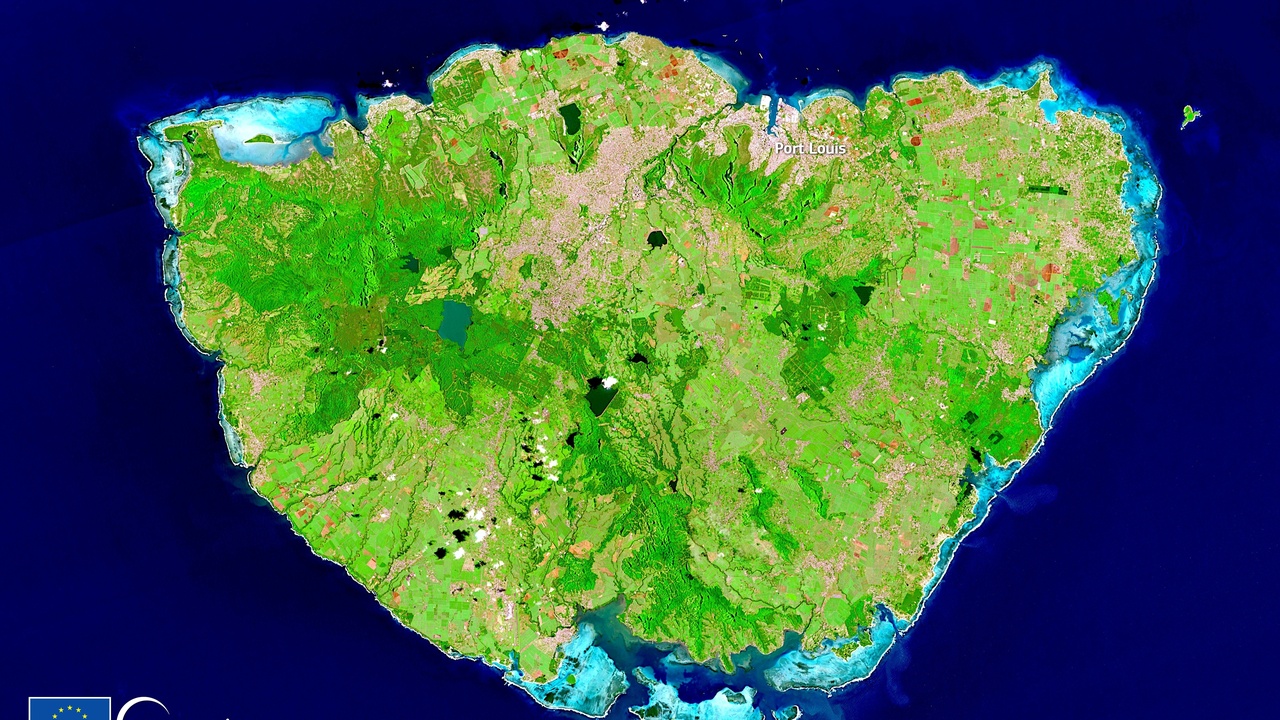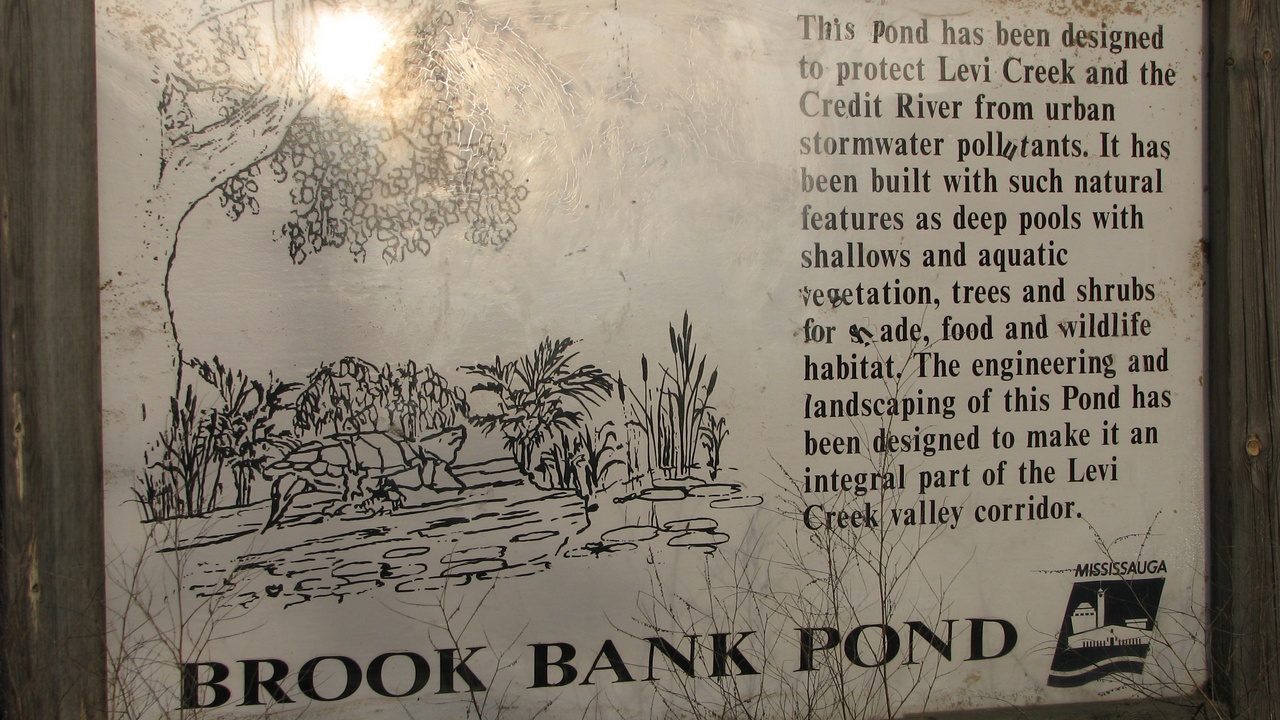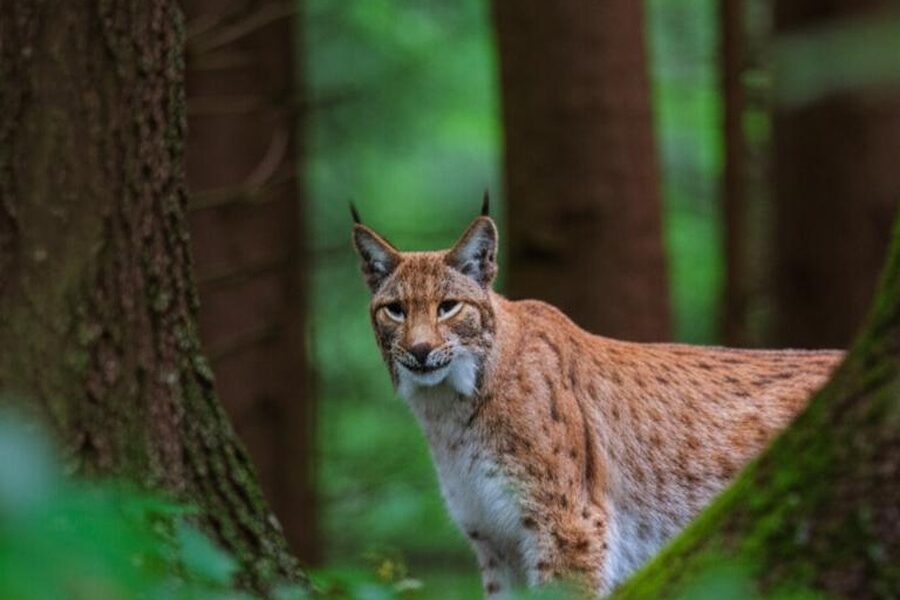About 75% of Earth’s terrestrial environments have been significantly altered by people. Fragmentation is a major reason why many wild areas no longer act as intact ecosystems.
Broken landscapes matter for people as much as they do for wildlife: smaller, isolated patches supply fewer pollinators for crops, store less carbon, and raise the odds of harmful human–wildlife encounters that can lead to economic losses or disease spillover. Habitat fragmentation is one of the most pervasive drivers of biodiversity loss and ecosystem change; understanding how it works — and what can be done about it — matters for wildlife, human health, and the services nature provides.
Below are eight concise, evidence-backed facts about habitat fragmentation — ecological mechanisms, human and economic consequences, and practical responses that planners and citizens can support. Examples include Amazon and Atlantic Forest clearing, road networks, and large connectivity programs such as Yellowstone to Yukon.
Ecological consequences of fragmentation

1. Smaller patches mean fewer species and fewer ecosystem functions
Breaking a continuous habitat into many smaller patches reduces the number of species a landscape can support because of the species–area relationship: larger areas generally hold more species. Classic island-biogeography and landscape ecology studies show local extinctions rise as patch area falls.
Wide-ranging species suffer disproportionately; predators and large herbivores need more contiguous area to meet life-history needs. When top predators or key seed dispersers disappear, cascading changes can alter forest structure and recruitment, reducing ecosystem resilience.
One striking regional example is Brazil’s Atlantic Forest, where intensive clearing resulted in highly fragmented patches and steep losses of endemic plants and animals (see IUCN assessments for many of these species). Large carnivores such as jaguars require home ranges far larger than typical remaining patches, so fragmentation directly drives local extirpations.
2. Edge effects change microclimate and invite invasives
Edges are not neutral: they alter temperature, light, humidity, and wind compared with forest interiors. Empirical studies document microclimate shifts that penetrate tens to hundreds of meters into forest patches, making interior habitat smaller than patch maps imply.
These altered conditions favor invasive plants, increase nest predation for interior-forest birds, and raise tree mortality near edges, which in turn promotes grass or shrub encroachment and elevates fire risk. Fragmented tropical forests often show grass invasion zones that advance from edges inward, degrading habitat quality over time.
Edge-driven changes reduce suitable habitat for species adapted to stable, humid interiors — for example many understory birds decline sharply in small, edge-dominated patches — and so edge effects accelerate long-term habitat loss even where total area remains on maps.
3. Isolation and genetics: small, cut-off populations struggle
Fragmentation isolates populations and limits gene flow, raising the risk of inbreeding, loss of genetic diversity, and local extinction. In conservation genetics, small effective population sizes are vulnerable to genetic drift and reduced adaptive potential.
Practitioners often reference heuristics (for example, short-form guidelines like 50/500 for inbreeding versus long-term adaptability) while recognizing these are rules of thumb rather than precise thresholds. Successful genetic rescue shows the principle: introducing unrelated individuals can reverse inbreeding trends.
A well-known case is the Florida panther: in 1995 managers translocated Texas cougars to boost genetic diversity and reduce inbreeding effects, producing measurable demographic and health improvements. That intervention illustrates how restoring connectivity or managed translocation can save small, isolated populations (see IUCN and peer-reviewed summaries).
Human and socioeconomic impacts

4. More contact, more conflict — and more disease risk
Fragmentation brings people, livestock, and crops closer to wildlife. That raises crop damage and livestock predation and increases opportunities for pathogens to jump hosts. Land conversion and edges concentrate interactions that were previously rare.
A high-profile example is the 1998 Nipah virus outbreak in Malaysia where deforestation, fruit-tree plantings, and pig farms near bat habitat helped create spillover conditions that led to human cases and large agricultural losses. Public-health bodies and research (including WHO and peer-reviewed analyses) link land-use change to elevated zoonotic risk.
Mitigation ranges from buffer zones and improved livestock housing to landscape measures that reduce contact rates. Planning that keeps wild habitat and agriculture separated while maintaining corridors for wildlife can reduce both conflict and disease risk.
5. Fewer ecosystem services: pollination, water, and carbon storage suffer
Broken habitats deliver fewer services. Pollinators decline in highly fragmented agricultural landscapes, reducing yields for crops that depend on animal pollination. Global assessments (see IPBES and FAO estimates) place the value of pollination services in the hundreds of billions of dollars annually.
Fragmentation also alters hydrology: reduced forest cover and disrupted connectivity increase runoff and sedimentation, degrading water quality and raising flood and erosion risks downstream. Edge-induced tree mortality lowers carbon density per hectare, so fragmented forests often store less carbon than contiguous blocks of similar size.
Those losses matter for food security, clean water supplies, and climate mitigation goals, which is why many watershed and agricultural programs now prioritize habitat patches and hedgerows that sustain pollinators and stabilize soils.
6. Economic costs: mitigation, restoration, and lost natural capital
Fragmentation imposes direct costs: farmers pay for fencing or deterrents, governments invest in road-mitigation measures, and societies bear the value of lost ecosystem services. Restoring habitat and building crossings require upfront funds but often reduce recurring damage costs.
Some infrastructure investments have clear payoffs. For example, wildlife overpasses and underpasses in places like Banff National Park have cut wildlife–vehicle collisions substantially in monitored segments, reducing human injury, vehicle damage, and wildlife mortality.
Programs such as Costa Rica’s payments for ecosystem services provide a fiscal model: compensating landowners for maintaining or restoring forested land helps secure water, carbon, and biodiversity values and can be more cost-effective than repeated mitigation for damage and loss.
Conservation responses and solutions

7. Corridors and connectivity design restore movement and genetic exchange
These facts about habitat fragmentation point straight to solutions: reconnecting habitat restores movement, gene flow, and many ecosystem processes. Corridors can be continuous strips, riparian buffers, or networks of stepping-stone patches depending on species needs.
Design principles include protecting core habitat, reducing hostile matrix effects, and using telemetry and camera-trap monitoring to validate movement. Connectivity metrics and genetic sampling provide measurable goals for success.
Large-scale programs illustrate the approach: Yellowstone to Yukon (spanning roughly 3,200 km) focuses on linking protected areas across political boundaries, and the Mesoamerican Biological Corridor brings regional cooperation to sustain movement for species across agricultural and forested landscapes. Monitoring in many projects has documented recolonization and increased genetic exchange where corridors function as intended.
8. Restoration, policy, and local action reduce fragmentation long term
Long-term solutions combine on-the-ground restoration with policy tools: protected-area expansion, agricultural zoning, incentives for set-asides, and payments for ecosystem services that reward landowners for connectivity and forest protection.
International frameworks — including the Convention on Biological Diversity and the UN Decade on Ecosystem Restoration — provide targets and funding streams that help scale restoration. National programs (for example Costa Rica’s PES) show how aligning economic incentives with conservation can produce measurable habitat gains.
Successful efforts pair scientific planning and monitoring with local engagement. Adaptive management, community stewardship, and integrating connectivity into land-use planning keep restoration sustainable and politically viable over time.
Summary
- Fragmentation reduces habitat area, raises edge effects, and isolates populations, harming biodiversity and ecosystem function.
- Impacts reach people: pollination, water regulation, and carbon storage decline, while human–wildlife conflict and zoonotic risk (e.g., Nipah, 1998) can increase.
- There are measurable economic costs for mitigation and lost natural capital; investing in connectivity and restoration can be cost-effective compared with repeated damage-control spending.
- Practical responses include well-designed corridors (Yellowstone to Yukon, Mesoamerican Corridor), targeted restoration, and policy tools like payments for ecosystem services to incentivize land stewardship.
- Policymakers and land managers should prioritize connectivity in planning, fund restoration where it yields high return, and support monitoring and community-led implementation.




